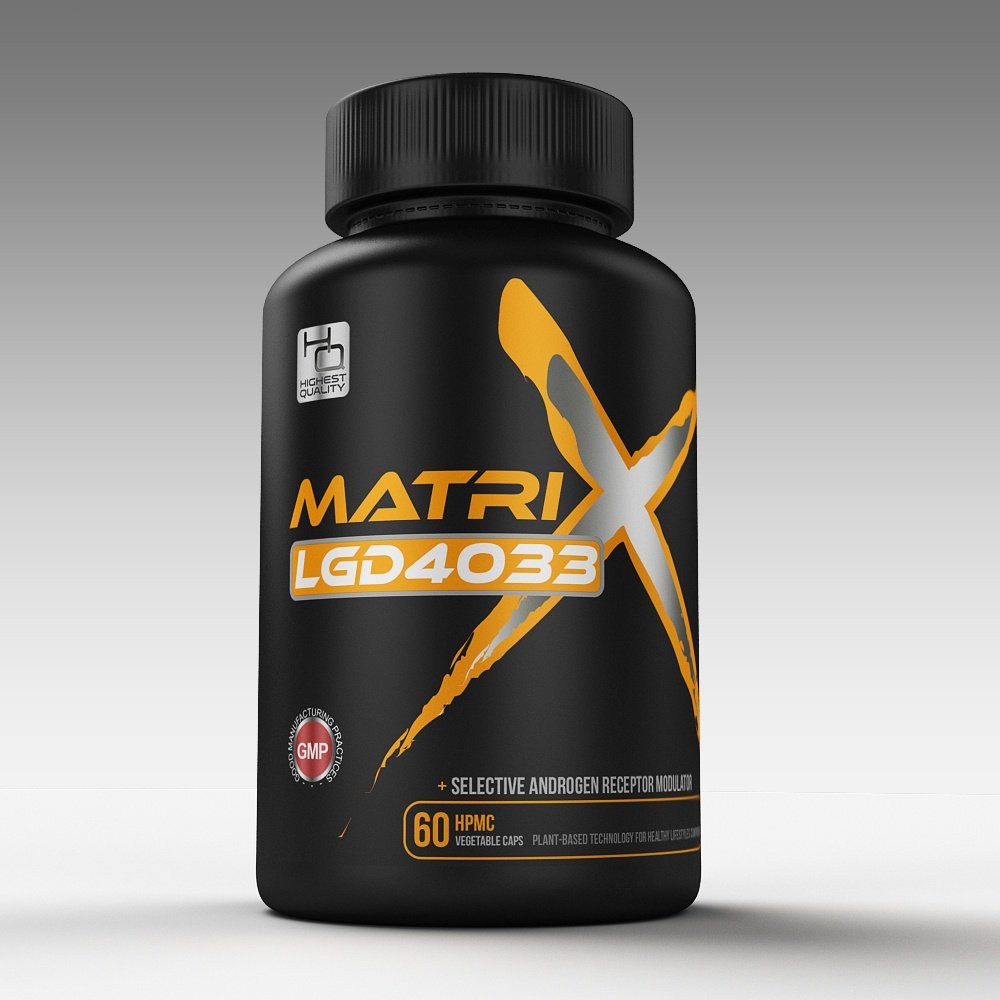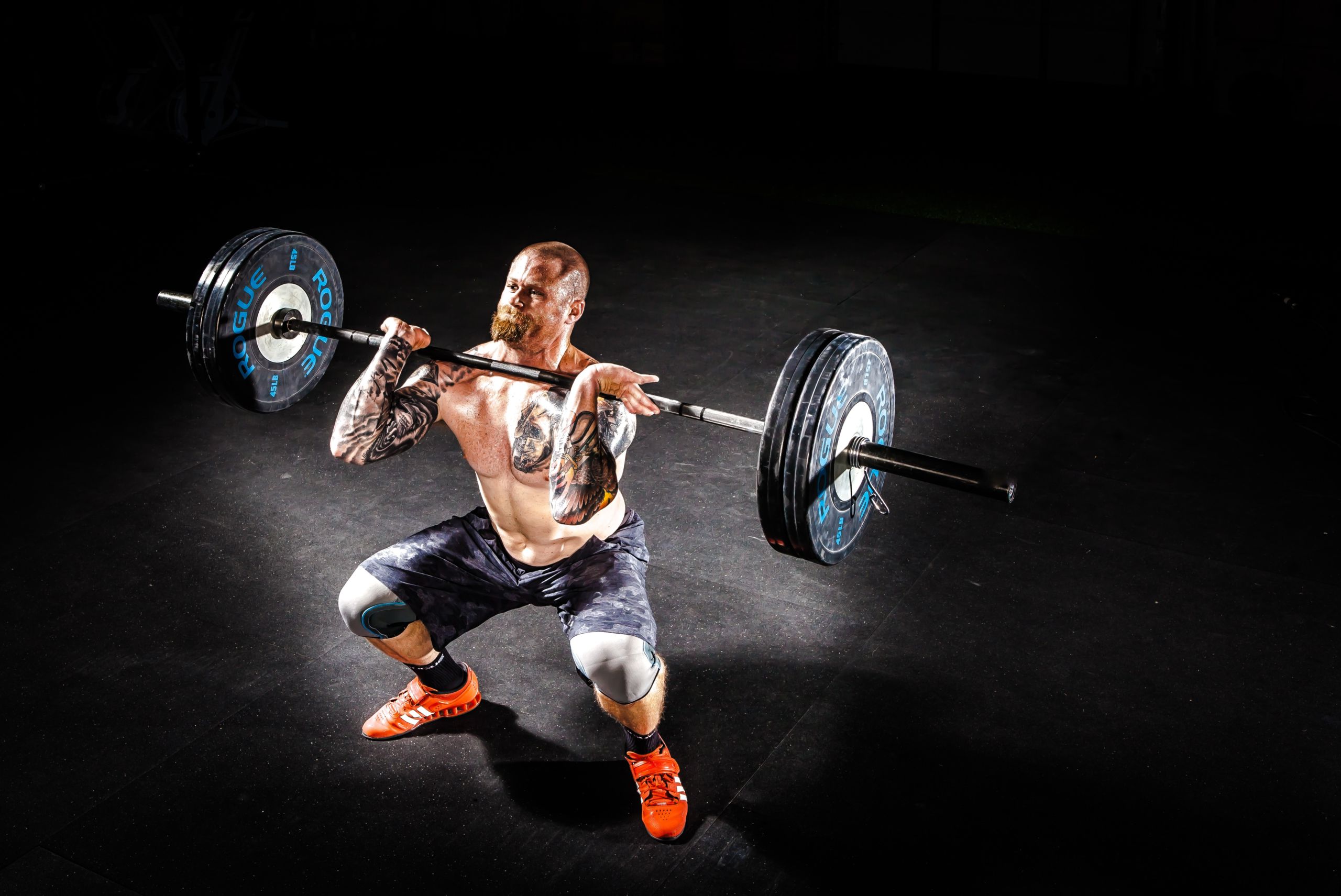LGD-4033 vs Ostarine
LGD-4033 vs Ostarine are two wildly popular SARMS. Both these SARMS are incredibly potent and deliver massive results without the dangerous side effects of anabolic steroids. In fact, when it comes to side effects, they’re at the bottom of the barrel. Because of their similarities, supplement users often find themselves torn between them, which is exactly what this blog will help with. However, before diving deeper into LGD-4033 vs Ostarine, it is essential to discover how both these powerhouses work and their similarities.
Both these SARMS have a high anabolic to androgenic ratio, with Ostarine having the upper hand. Ostarine has an anabolic to androgenic ratio of 90:1, while LGD-4033 has an anabolic to androgenic ratio of 10:1. In contrast, testosterone has a ratio of 1:1. They’re both highly selective, and unlike steroids that bind with all androgen receptors, they only bind with receptors in the skeletal muscles. Their selectivity is the primary reason why they do not result in many steroid-like side effects.
Let’s take a deeper dive into LGD-4033 vs Ostarine.
LGD-4033 vs Ostarine: uses and results
While you can use both these SARMS for both cutting and bulking, past experiences have shown Ostarine is more suited for cutting while LGD-4033 is more inclined towards bulking. That’s not to say you can’t use Ostarine for bulking and vice-versa. You can gain a decent amount of muscle mass while bulking on Ostarine too. However, you’ll have better results with LGD-4033.
While cycling LGD-4033 and following a bulking routine, you can expect to gain around 10 pounds of lean muscle mass. However, while cycling Ostarine with the same routine, you can expect to pack between 5-7 pounds of muscle. Of course, these are not cast on stones, and actual results can differ considerably depending on factors such as current body type and genetics.

On the other hand, the reason why most bodybuilders or gym rats, in general, prefer Ostarine over LGD-4033 for cutting is its low water retention. Ostarine is known for its low water retention, so that’s not a knock on LGD-4033. LGD-4033 is also a decent supplement for cutting, but there have been cases where users have reported bloating. However, the cases have been few and far between, which means that it could be attributed to negligence or some other exogenous factors. Regardless, Ostarine has the upper hand when it comes to cutting.
As far as raw potency is concerned, LGD-4033 has a leg up over Ostarine. Having said that, LGD-4033 also mildly suppresses testosterone levels when Ostarine has little to minimal effect. It’s worth noting, though, that none of these SARMS requires a post cycle therapy. However, you can use Advanced Liver Support (ALS) as a preventive measure to protect the long-term health of your liver. ALS contains TUDCA, which helps the liver detoxify and eliminate harmful substances existing even before the SARMS cycle.

LGD-4033 vs Ostarine: overall experience
The overall experience of cycling both these supplements is incredible. Unlike many other PEDs, they do not result in symptoms such as lethargy. You will also experience a dramatic rise in your energy levels, and if you’re not a seasoned user, you will be surprised by the potency of both these supplements.
Something that sticks out, particularly with LGD-4033, is that it has one of the best recoveries out of all supplements on the planet. In comparison, gains from Ostarine usually last longer than many other supplements because of how lean they are.
It’s worth noting that pound for pound, LGD-4033 is only second to some of the strongest SARMS like RAD-140. It gives massive gains in a relatively short period, and you will experience noticeable results within days of using it. In contrast, Ostarine might be a bit slower in terms of results, but almost everyone thinks that Ostarine’s gains are denser and harder.
Lastly, while you can cycle both these supplements as a beginner, Ostarine is more desirable. You can cycle LGD-4033 too as a beginner, but because Ostarine is lighter on the body, it is preferable.

LGD-4033 vs Ostarine: half-life and dosages
Both LGD-4033 and Ostarine have somewhat similar half-lives of around 24 hours. Though, sometimes LGD-4033’s half-life can reach up to 36 hours. If you’re cycling SD Matrix’s versions of LGD-4033 and Ostarine, you can easily divide your dose into two equal amounts with 1 capsule apiece. Both these SARMS come in bottles of 60 capsules, which means that you’ll have sufficient quantities for a 4-week cycle. SD Matrix recommends a 4-week cycle for both these SARMS to maintain an optimal balance between results and long-term health.
Conclusion: LGD-4033 vs Ostarine
The conclusion on LGD-4033 vs Ostarine is that both these supplements are mighty powerful and can transform you within weeks. They usually do not result in any long-term side effects, especially if you’re cycling them for 4 weeks as recommended by SD Matrix. You can also use both these supplements in your off-season to maintain your gains.
Apart from that, if you’re looking for something more potent, then try RAD-140. It’s arguably the strongest SARM and can give you the best of both cutting and bulking. You can find all these SARMS at SD Matrix. All these supplements come with an ironclad money-back guarantee and are as genuine and authentic as they come.





